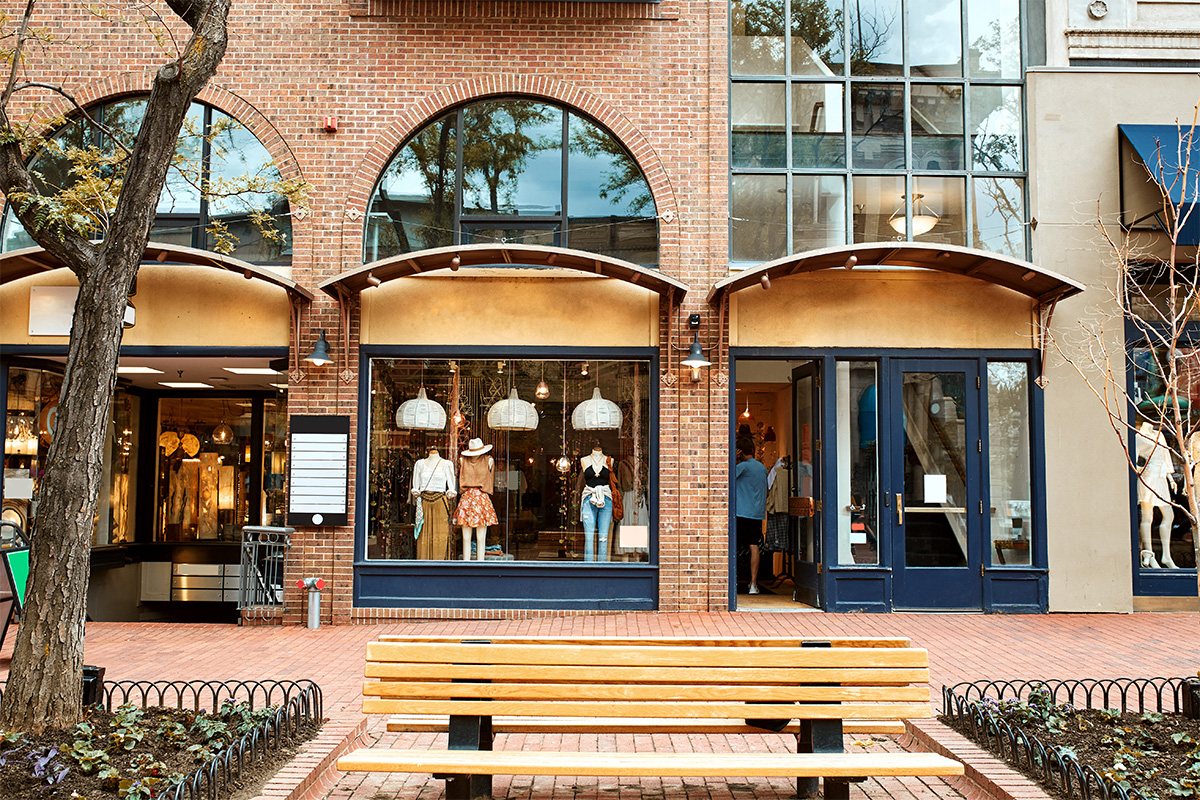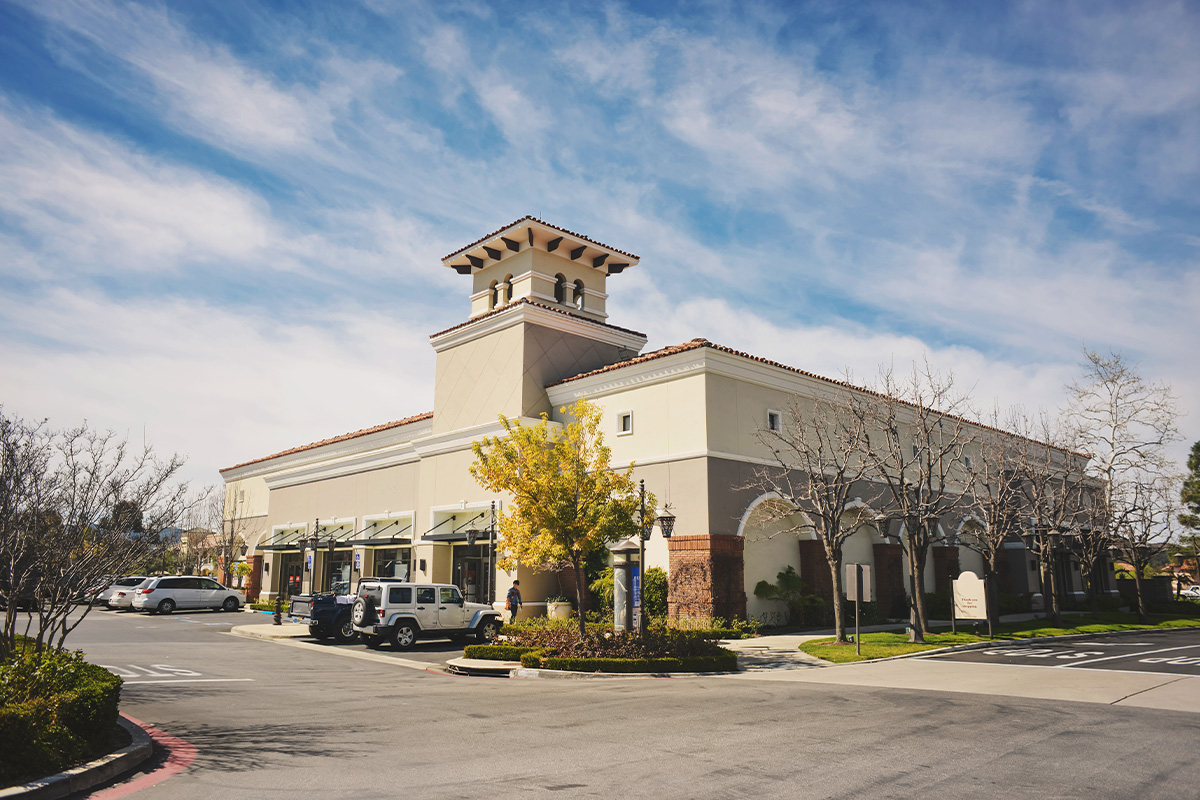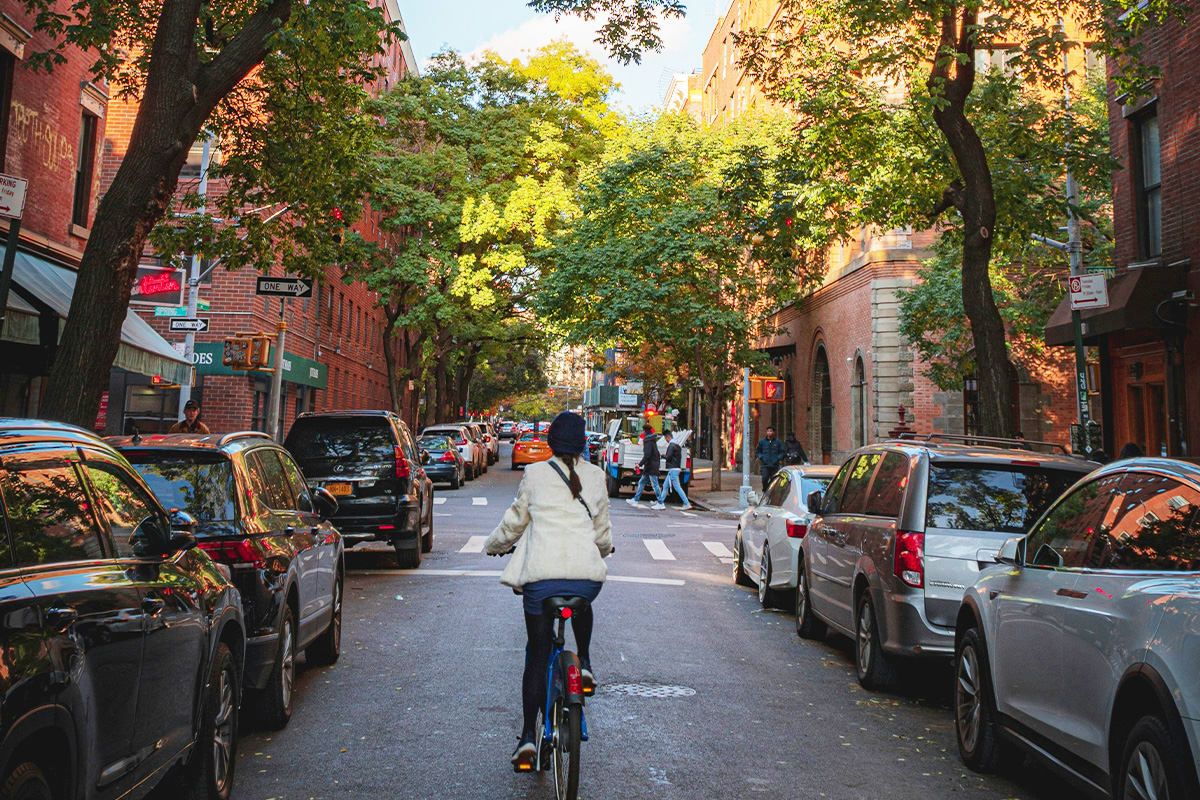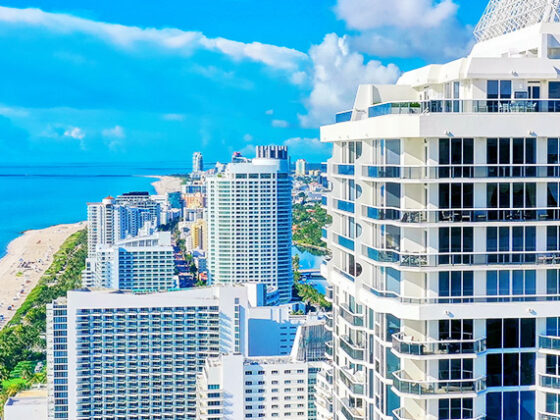Is Urban Retail Doomed?
The pandemic brought about a seismic shift in the way people live and work, prompting a mass exodus from city centers to the tranquility of suburban life. As individuals and businesses embraced remote work, the appeal of spacious homes, lower population density, and a more relaxed lifestyle became irresistible.
This migration (or “reshuffling” as some have called it) has impacted various aspects of society, and the retail industry is feeling the reverberations. As more people and businesses choose to stay in the suburbs, retailers are reevaluating their location strategies to adapt to this evolving landscape.

Trends in Suburban Living
People moving away from cities to suburbs is not new, but the pandemic acted as a catalyst, accelerating the shift. Millennials in particular have fled urban areas because of the rising costs of rent, which are now nearly 30% higher than before the pandemic.
The biggest segment of the workforce, many Millennials have moved to the suburbs, recognizing the benefits of remote work, and businesses followed suit. For many businesses, the shift has offered more cost savings and a better quality of life for employees. According to a recent study from McKinsey Global Institute,
• Hybrid work is here to stay. Office attendance has stabilized at 30% below pre-pandemic norms.
• New York City’s urban core recently lost 5% of its population; San Francisco’s lost 7%.
• Foot traffic near stores in metropolitan areas remains 10 to 20% below pre-pandemic levels.
The firm’s research predicts that “few of the people who left will return and that urban shopping will not fully recover.”
Echoing the post-World War II exodus of their grandparents, Millennials are putting the suburbs back on the map. Many retailers and restaurants have followed by shifting locations from urban business districts to the suburbs. While this is good news for suburban communities, it’s bad news for cities’ central business districts.
Suburban Shift Alters Retail Location Strategies
Gone are the days of downtown malls drawing metropolitan residents to the city center.
As suburban living continues to gain momentum, retailers are adapting to this new reality. The shift is prompting them to reassess their location criteria, considering factors beyond the urban-center location and forcing landlords to re-evaluate mall and department store spaces.
Retailers must now identify where the new suburban hubs are emerging and strategically position themselves to capture this growing market. This offers retailers the opportunity to meet customers where they are, or are going.
Retailers have re-evaluated where and how they open flagship stores, recognizing that in some cases, Main Street suburbia is a more logical move than 5th Avenue. In other words, the retail store prototype is dead.
Location data becomes particularly important as a form of insight, revealing unexplored opportunities for every potential location. In addition to traffic patterns and roadways, location data reveals extensive demographic data about consumers living in the area.

Factors Shaping Urban and Suburban Retail
As urban and suburban landscapes continue to evolve in response to shifting consumer preferences and socio-economic trends, there are still several factors that could exert influence on retail. Here are a few of these factors that are important to watch over the next few years.
The Call to Return to Office
Return-to-office trends have been somewhat mixed. Some corporations like Boeing and UPS have called for workers to come back five days a week, while others have taken a hybrid approach. Recently, IBM has told U.S.-based managers that they must return to the office at least three days per week, pivoting away from fully remote work.
Where these office spaces are located could have an impact on urban versus suburban retail, ASG President and CEO Carrie Barclay explains. “I think the challenge is going to be the continued evolution of the call of RTO (return to office) and the response – and whether hybrid can remain strong,” Barclay said.
Urban Crime
But urban retail is facing another challenge – the rise of social disorder and crime reminiscent of 70s and 80s, Barclay says. Crime surges drove out many urban residents and businesses, regardless of incentives in place to keep them in the city. “This will have to change in order for retailers to return to urban areas,” Barclay said.
That may be on its way to happening, with recent reports showing homicides declined in the United States across the board in 2023. The five largest cities in the United States – New York, Los Angeles, Chicago, Houston, and Phoenix – each showed at least a 10% decrease in homicides that year.
Omnichannel and e-Commerce
With online shopping becoming increasingly popular, retailers must find ways to blend their physical stores with an online presence to deliver a seamless shopping experience to suburban customers. This shift presents opportunities for retailers, who must consider several factors when reevaluating their location strategies.
Opportunities to consider may include hybrid retail spaces, click-and-collect services, curated local experiences, and local delivery solutions.
Consumer Demographics and Behavior
Changing consumer behaviors, influenced by digital advancements and shifts in shopping habits, have a profound impact on retail location strategies. Online shopping and the desire for convenience prompt retailers to reevaluate their physical presence, considering factors like proximity to residential areas and the integration of online and offline experiences.
Factors such as family-oriented lifestyles, access to green spaces, and a desire for community engagement become crucial considerations in tailoring products and services to meet the expectations of suburban customers.
Technology and the Suburban Retail Experience
Technology plays a pivotal role in enhancing the suburban retail experience. Retailers should leverage tools like mobile apps and online platforms to engage suburban consumers, personalize their shopping journeys, and seamlessly integrate digital and physical touchpoints. This creates a tech-enabled shopping environment that aligns with suburban lifestyle expectations.
Community Integration
Suburban consumers value a sense of community. Retailers can benefit from integrating into the local fabric, participating in community events, and understanding the unique needs of suburban residents.
Retailers may need to adapt their store formats to suit suburban environments. Larger store spaces, outdoor seating areas, and a focus on family-friendly shopping experiences can resonate with the suburban lifestyle.
Local Fulfillment Centers
Retailers are exploring the concept of local fulfillment centers strategically placed in suburban areas. This allows for quicker and more cost-effective e-commerce deliveries to suburban customers.

Challenges and Considerations for Retailers in the Suburban Shift
Despite the opportunities, retailers face challenges in the suburban shift, including competition, zoning regulations, and the need for a deep understanding of local consumer nuances.
Navigating these challenges requires careful consideration, a deeper reliance on data analytics, and a flexible approach to adapt to the specific dynamics of each suburban market.
The Future of Retail Location Strategy
The suburban shift has altered the dynamics of retail location strategies. Retailers must adapt to this change, carefully analyzing the emerging suburban hubs and embracing the integration of online and offline channels to remain competitive in this evolving landscape.
Suburban areas are witnessing the rise of mixed-use developments that combine residential, commercial, and recreational spaces, and retailers can benefit from collaborating with developments to become integral parts of these suburban ecosystems.
Retail location strategy is likely to be shaped by continued technological advancements, sustainability considerations, and an emphasis on community integration. Retailers will need to stay agile, adopting innovative approaches to meet evolving consumer expectations and capitalizing on opportunities as they are presented.




